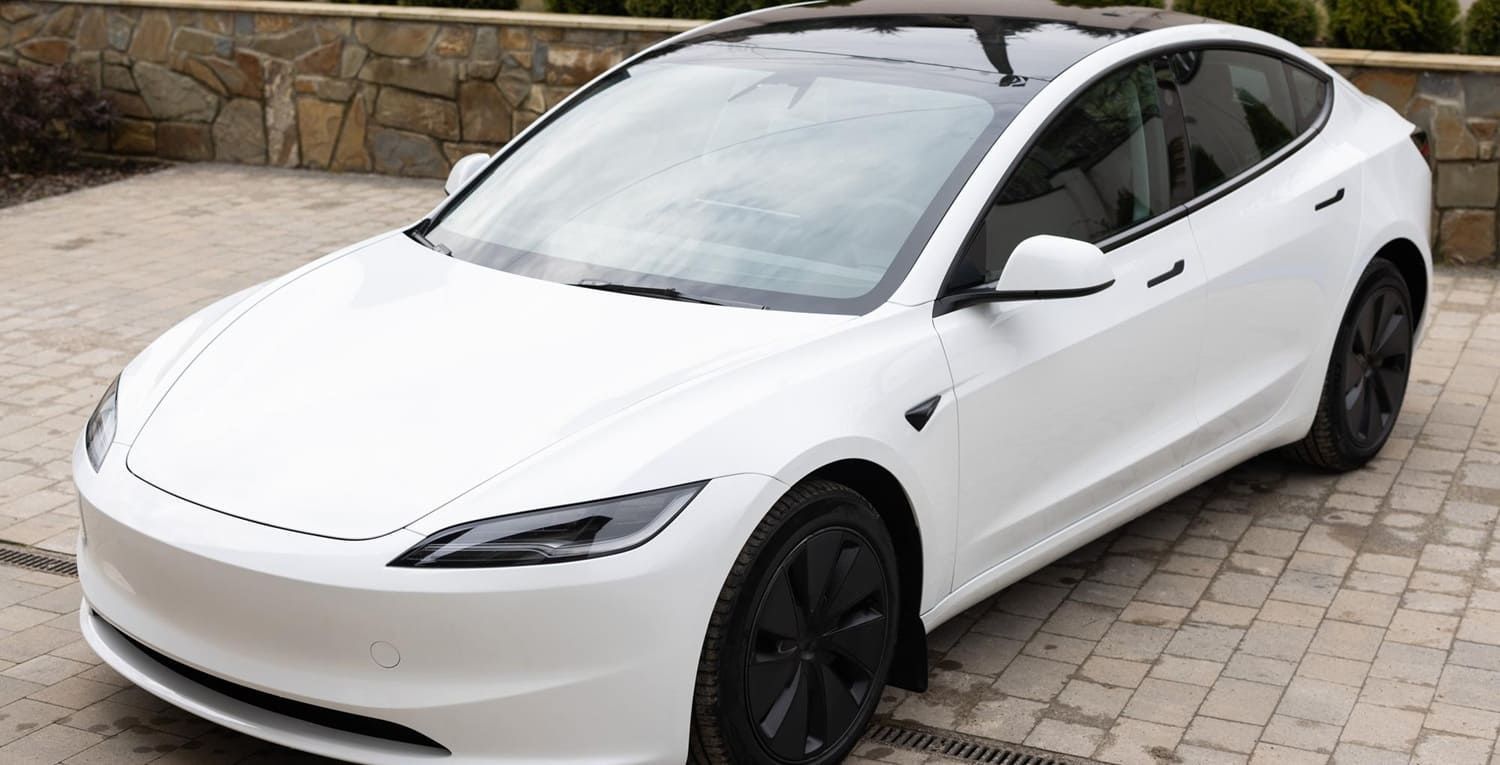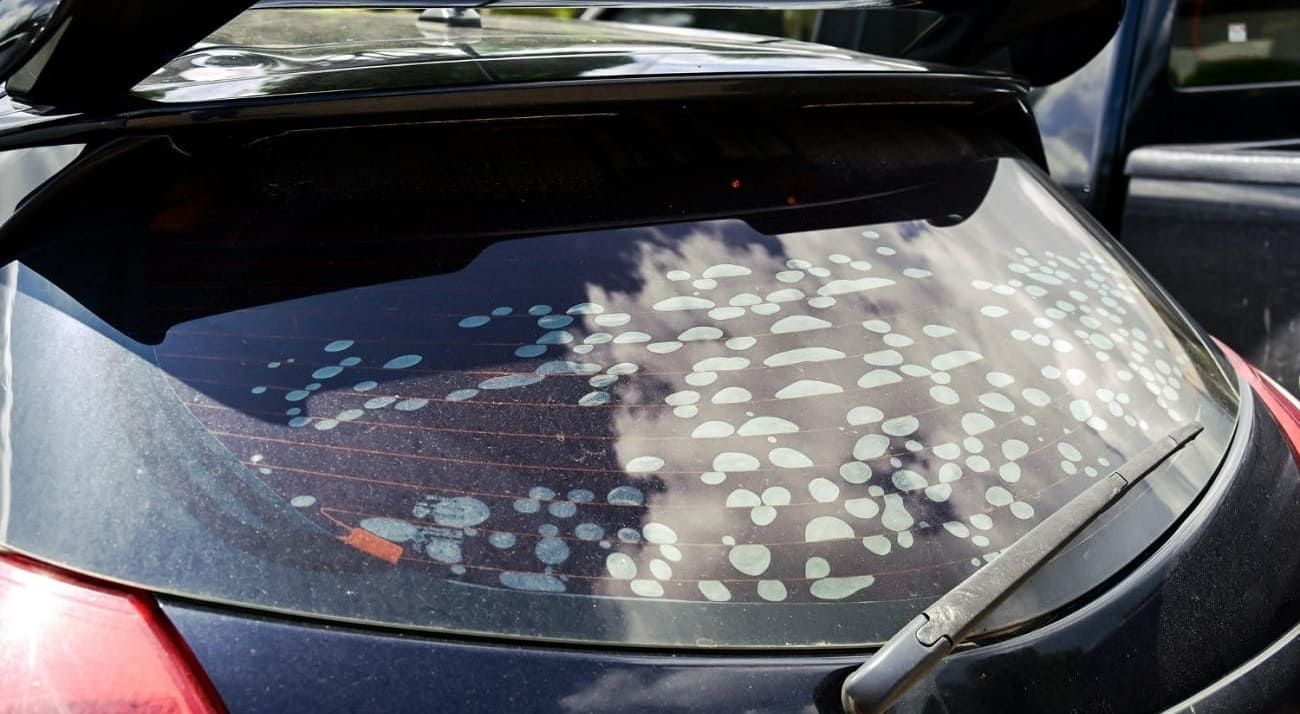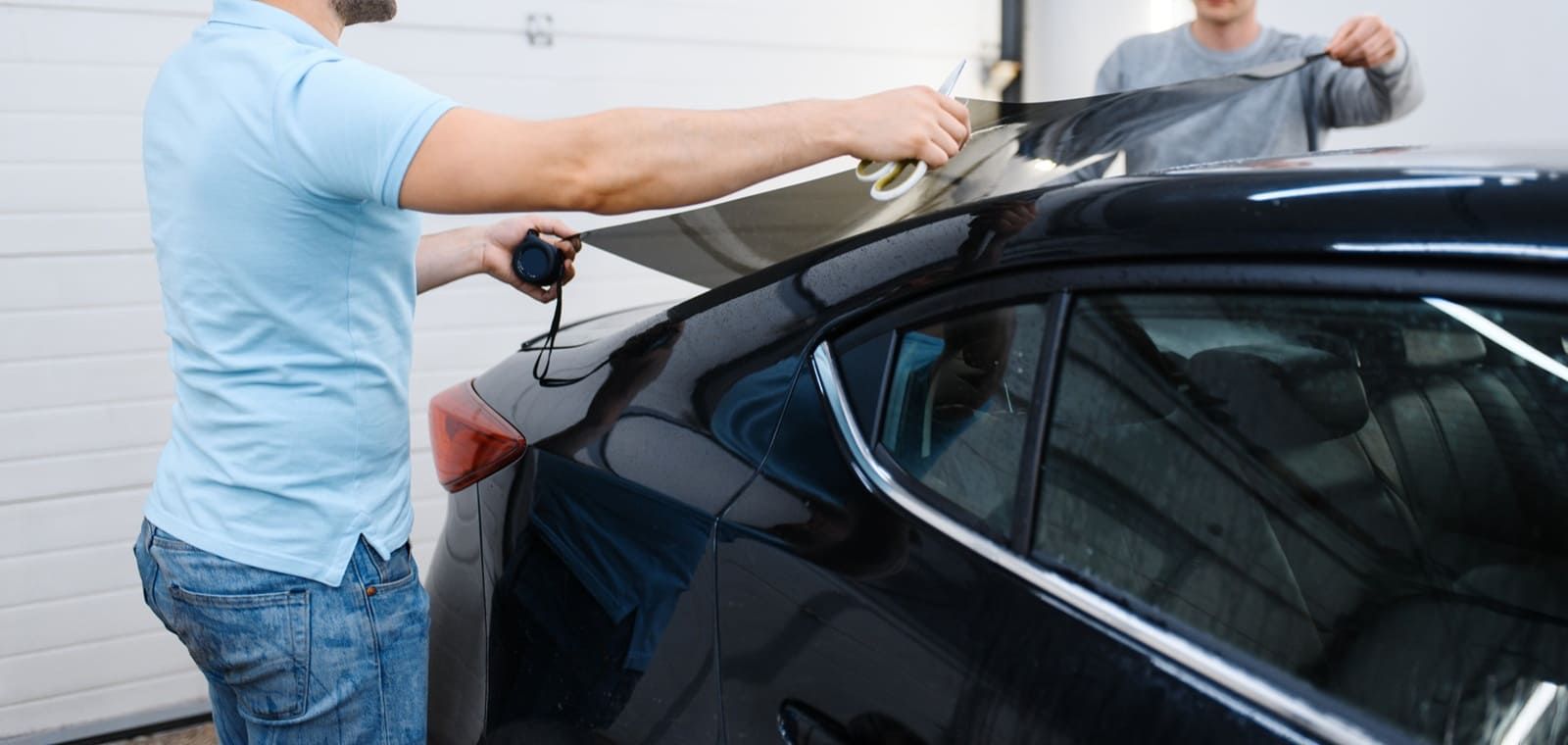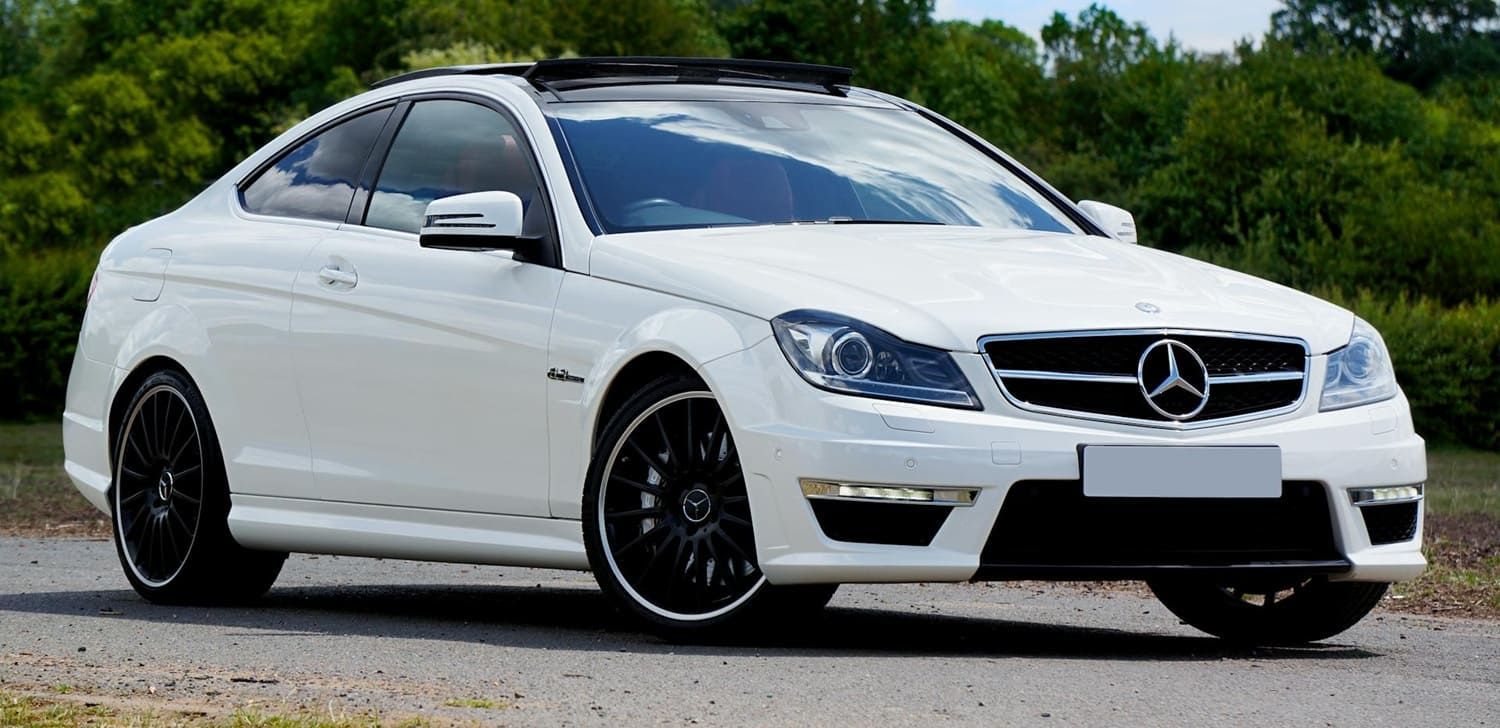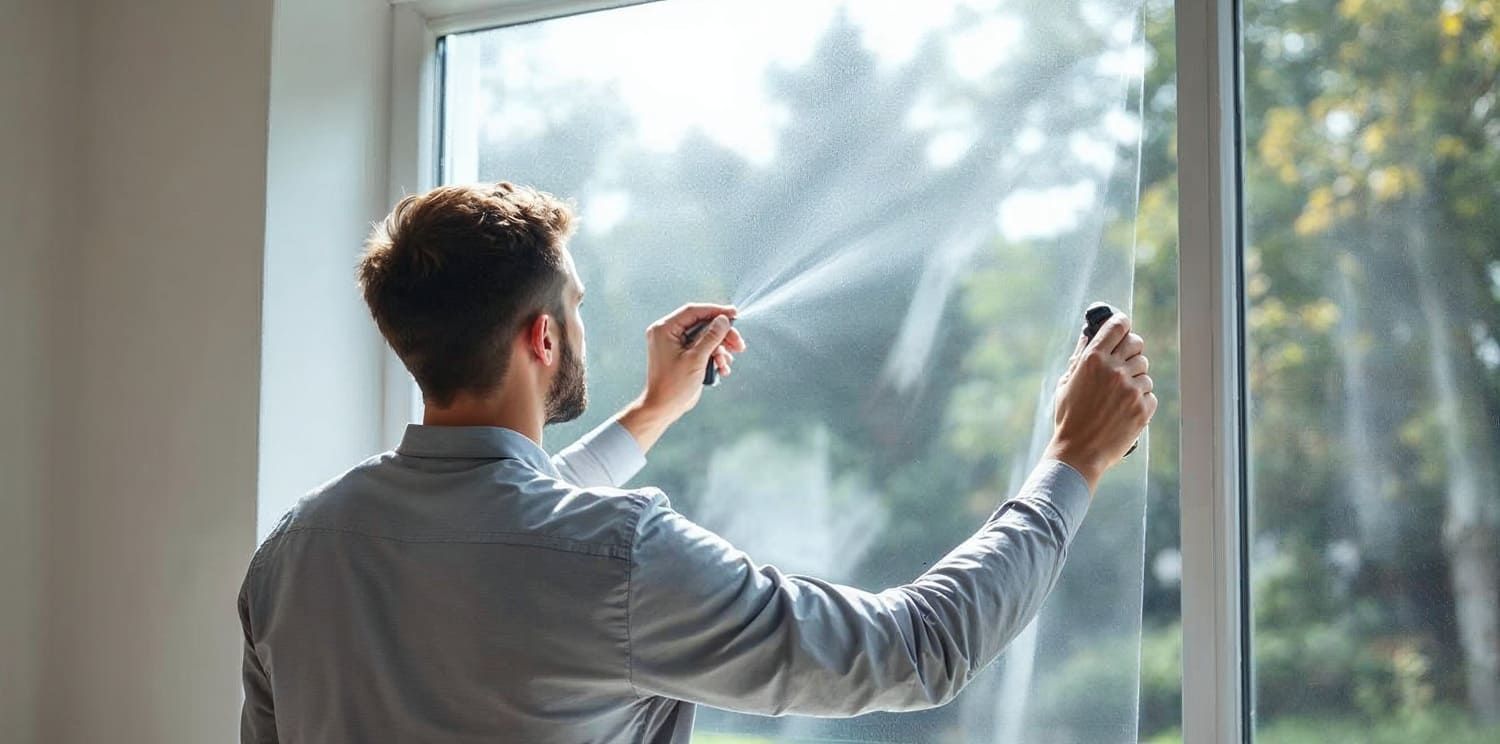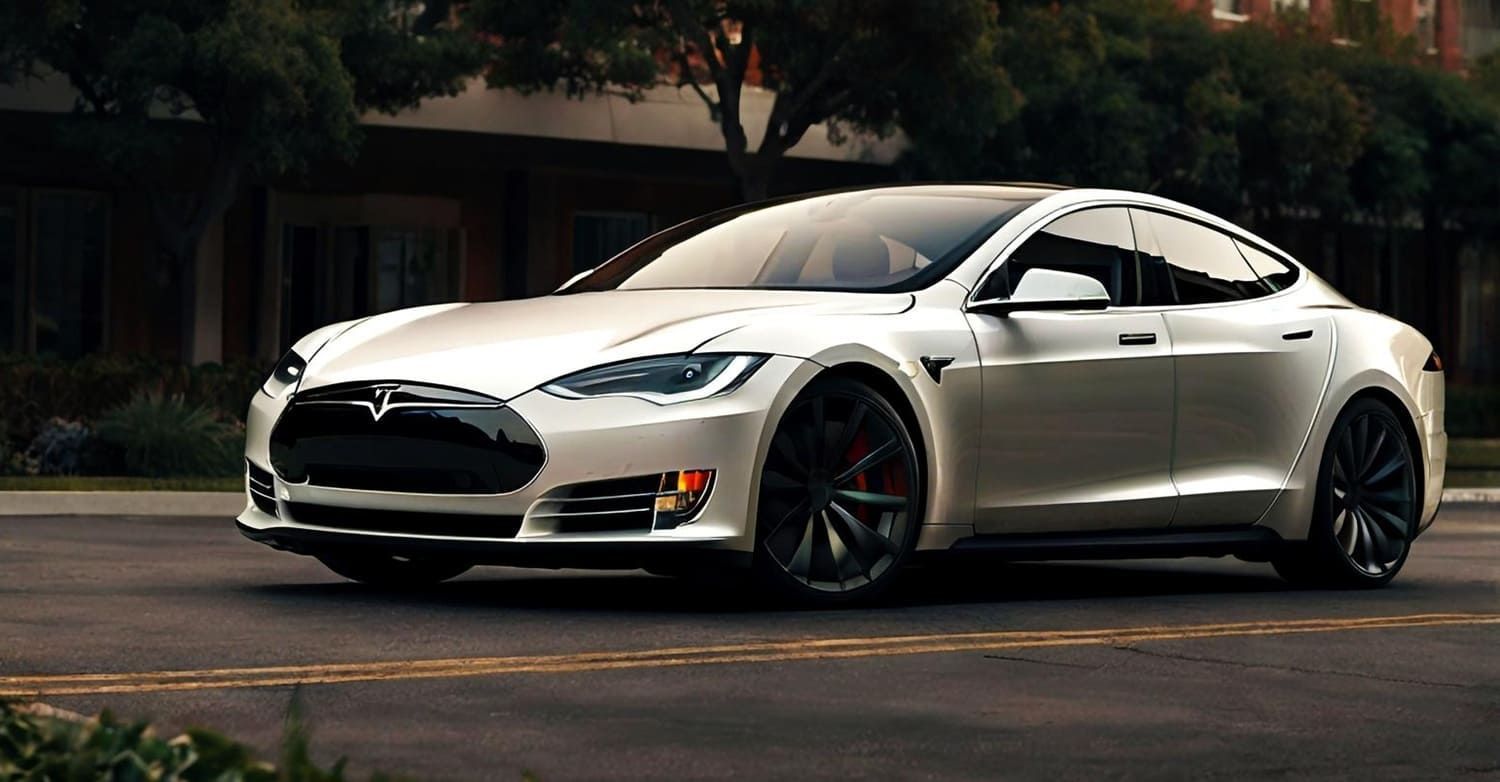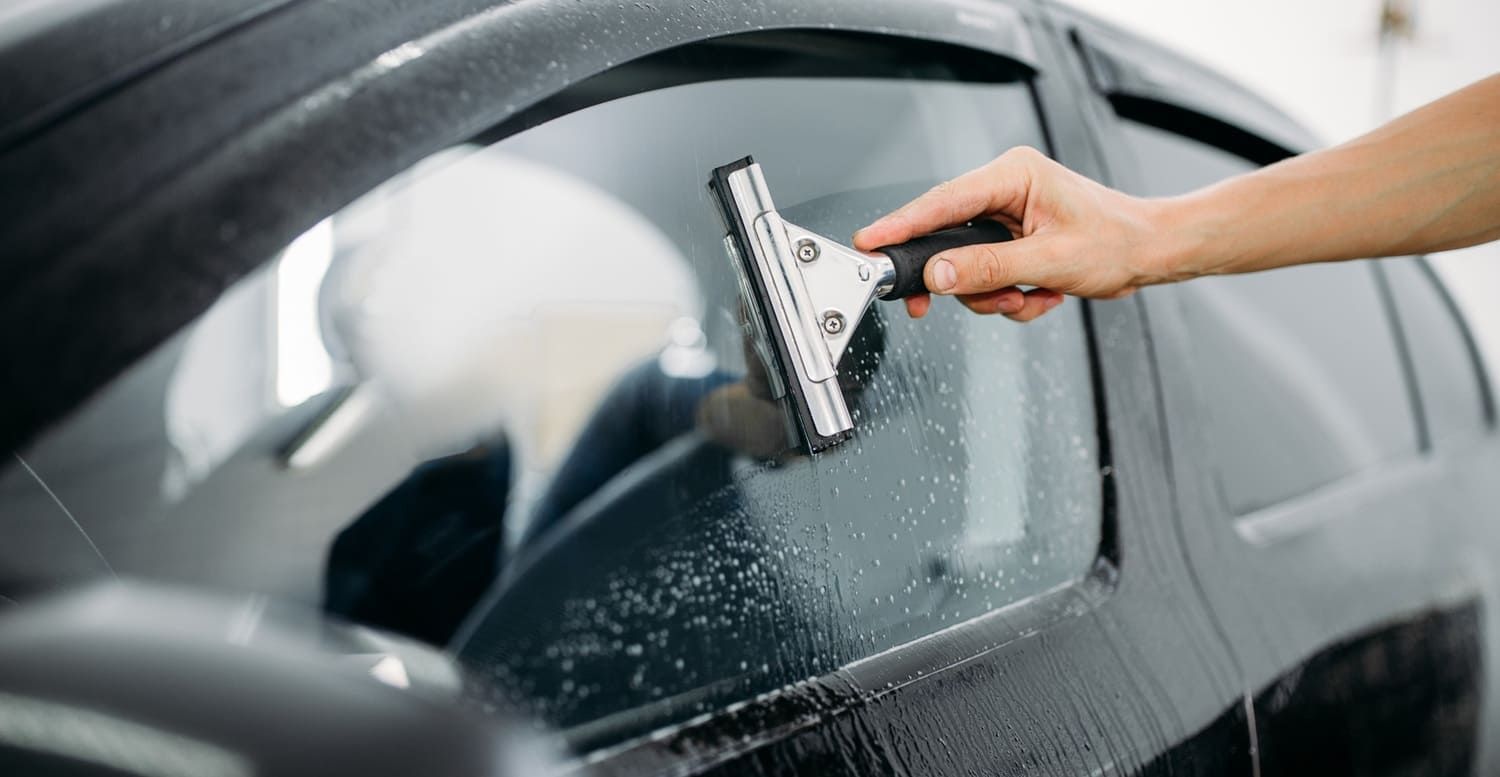Florida Window Tint Laws 2026: Your Complete Guide to Compliance
Understanding and following the Florida window tint laws for 2026 is crucial for every driver who values safety, comfort, and legal peace of mind. With Florida’s unique climate and increased enforcement, staying compliant means not only avoiding fines but also protecting your vehicle, yourself, and your passengers.
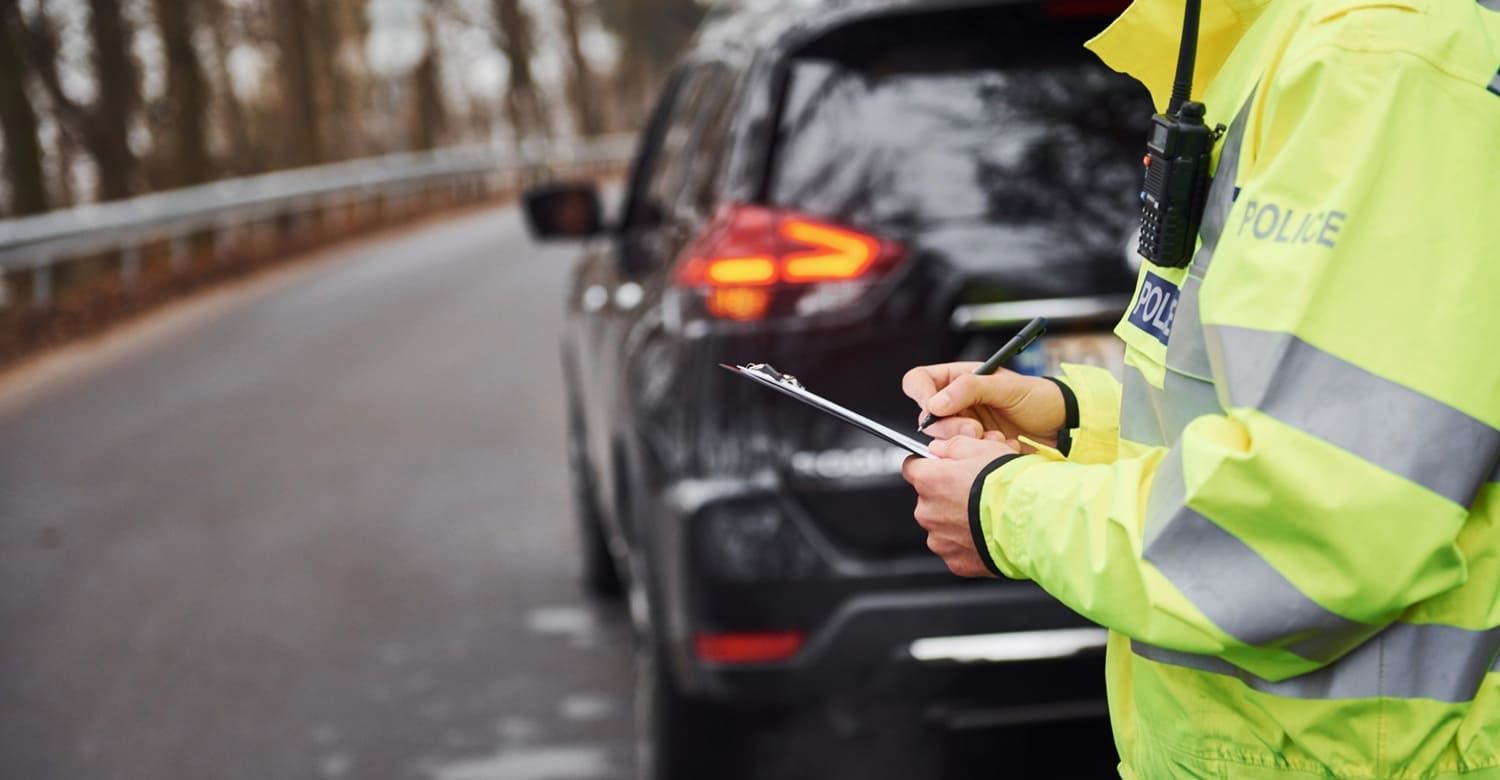
Why Florida Window Tint Laws Matter in 2026
For drivers in Florida, window tinting isn’t just a cosmetic upgrade. It plays a critical role in blocking harmful UV rays, reducing solar heat, preserving interior quality, and enhancing driving comfort in the Sunshine State’s intense conditions. However, improper or non-compliant tint can compromise visibility and road safety, potentially leading to legal headaches and significant fines.
Florida law enforcement and inspection teams are stepping up compliance checks in 2026. Knowing the rules for Florida tint compliance gives you confidence that your vehicle is safe, looks great, and is always legal on every highway and city street.
Florida Window Tint Laws 2026: Legal Tint Percentages for Every Vehicle
Visible Light Transmission (VLT) Explained
Visible Light Transmission (VLT) is the key measurement for all window tint. It represents the percentage of visible light allowed to pass through the combined glass and tint film. The lower the VLT, the darker the tint. Staying within the VLT limits is essential for legal car tint FL in 2026.
VLT Limits for Sedans
- Windshield: Non-reflective tint is allowed above the AS-1 line (typically five to six inches from the top of the windshield).
- Front Side Windows: Must allow more than 28% of light in (VLT ≥ 28%).
- Rear Side Windows: Must allow more than 15% of light in (VLT ≥ 15%).
- Rear Window: Must allow more than 15% of light in (VLT ≥ 15%).
VLT Limits for SUVs and Vans
- Windshield: Non-reflective tint is allowed above the AS-1 line.
- Front Side Windows: Must allow more than 28% of light in (VLT ≥ 28%).
- Rear Side Windows: Must allow more than 6% of light in (VLT ≥ 6%).
- Rear Window: Must allow more than 6% of light in (VLT ≥ 6%).
VLT Limits for Trucks
- Windshield: Non-reflective tint above the AS-1 line only.
- Front Side Windows: Must allow more than 28% of light in (VLT ≥ 28%).
- Rear Side Windows: Must allow more than 6% of light in (VLT ≥ 6%).
- Rear Window: Must allow more than 6% of light in (VLT ≥ 6%).
Florida Reflectivity and Color Tint Rules 2026
Reflectivity Restrictions
Reflective (mirror-like or metallic) tint helps reduce glare and heat, but Florida window tint laws 2026 set strict limits:
- Front Side Windows: Must not be more than 25% reflective.
- Rear Side Windows: Must not be more than 35% reflective.
Extremely reflective, mirrored, or metallic tints are prohibited for safety and visibility reasons.
Restricted Tint Colors
Certain tint colors—namely red, amber, and blue—are not allowed on any vehicle windows in Florida. Stick to traditional shades of gray, black, or charcoal for automotive tint 2026 compliance.
Medical Exemptions for Window Tint: Who Qualifies?
Some drivers may obtain a medical exemption for darker window tint if they suffer from a medical condition that requires enhanced UV protection. Examples include lupus, photosensitivity, and dermatologic conditions. To qualify:
- You must obtain a signed statement from your Florida-licensed physician indicating the specific need for darker tint.
- You must apply for and carry a Florida Department of Highway Safety and Motor Vehicles (DHSMV) exemption certificate along with your vehicle at all times.
- The exemption applies to the specific individual, not the vehicle—each exempt driver must show their certificate if stopped by law enforcement.
Penalties for Illegal Car Tint in Florida
Non-compliance with Florida’s 2026 tint laws can quickly become expensive and inconvenient:
- Most first offenses result in a non-criminal traffic infraction with fines ranging from $116 to $150 per window.
- Repeat violations may result in higher fines and potential points on your driver’s license.
- Illegal tint can also cause you to fail your next vehicle safety inspection or registration renewal check.
- Police and inspectors use calibrated VLT meters to check vehicle compliance during routine stops and inspection stations.
There is no grace period for non-compliance—enforcement is immediate, and most officers are equipped to test your tint percentage Florida 2026 on the spot.

The Florida Sunshine Advantage: Comfort, Safety, and Tint Compliance
Thanks to long summers and relentless sunlight, proper window tinting provides genuine benefits for Florida drivers. Quality window tint blocks up to 99% of UV rays, reduces heat buildup, enhances comfort, and protects interior surfaces and skin from sun damage. When applied according to Florida window tint laws, you enjoy all the cooling, privacy, and safety advantages with none of the legal risks.
How to Ensure Your Window Tint Is Legal in Florida
- Check VLT Certificates: Florida-legal window film installers must issue a certificate of compliance showing the tint’s VLT. Keep this in your glove box.
- Look for the Installer’s Sticker: All vehicles with aftermarket tint in Florida must display a sticker (usually placed in the driver’s door jamb) stating that the film meets state VLT requirements.
- Ask for Professional Meter Testing: A certified shop will have the same type of VLT meter used by law enforcement, ensuring your compliance before you drive away.
- Avoid DIY Tint Kits: Cheap or poorly installed window film is a common reason for failing legal checks—and can quickly cost more in fines and replacement.
- Review State Law Updates: Stay up to date on Florida tint compliance and potential annual legislative changes. Professional shops are often the best source for the latest information.
Frequently Asked Questions (FAQs) About Florida Window Tint Laws 2026
What’s the legal VLT for front and rear windows in Florida?
Front side windows: at least 28% VLT; rear side windows and rear window: at least 15% VLT for sedans, 6% VLT for SUVs/trucks.
Can I use red, amber, or blue window tint in Florida?
No, these colors are not legal. Use only neutral or dark tints.
What happens if my tint is too dark?
You could be fined, required to remove the tint, and possibly face penalties for repeat offenses.
How do police check tint percentage in Florida?
With a calibrated light transmission meter that quickly measures VLT through your windows.
Does the law apply to factory and aftermarket window tint?
Yes. All tint must be measured at the glass, regardless of original or aftermarket installation.
Are medical exemptions available for darker tint?
Yes—eligible individuals with a physician’s certificate and a state-issued exemption may install darker tint.
Will my car pass inspection if the tint is illegal?
No. Failing an inspection due to illegal tint requires removal and retesting. Registration may be withheld until compliance.
How often do tint laws change in Florida?
Laws are reviewed every few years; stay in touch with your installer or check state DHSMV updates for new rules.
Are there reflectivity limits for Florida window tint?
Yes. Front side windows may be up to 25% reflective, rear up to 35% reflective—no higher.
Should I trust online “tint percentage calculators”?
Online tools are helpful, but always verify with professional in-person VLT meter testing for absolute compliance.
Conclusion: Drive Safe and Cool—Stay Compliant with 2026 Florida Tint Laws
Protect your comfort, your car, and your wallet by following Florida’s updated window tint regulations. The right tint not only makes driving in the Sunshine State more enjoyable but also keeps you penalty-free and confident on the road. Double-check your tint’s VLT, save your compliance certificate, and consult the experts at David Wood Window Tinting, proudly serving Jupiter, FL and surrounding areas. Our certified professionals ensure your vehicle meets all state requirements while enhancing comfort and style. Contact us today at (561) 575-6114 or visit our website to schedule your service and get a free window tint estimate. Stay legal, cool, and protected—drive with confidence all year long.


